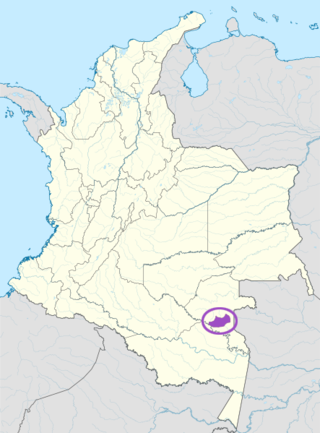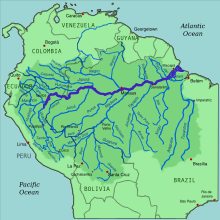
In phonology, an allophone is one of multiple possible spoken sounds – or phones – used to pronounce a single phoneme in a particular language. For example, in English, the voiceless plosive and the aspirated form are allophones for the phoneme, while these two are considered to be different phonemes in some languages such as Central Thai. Similarly, in Spanish, and are allophones for the phoneme, while these two are considered to be different phonemes in English.
Rotokas is a North Bougainville language spoken by about 4,320 people on the island of Bougainville, an island located to the east of New Guinea, which is part of Papua New Guinea. According to Allen and Hurd (1963), there are three identified dialects: Central Rotokas, Aita Rotokas, and Pipipaia; with a further dialect spoken in Atsilima (Atsinima) village with an unclear status. Central Rotokas is most notable for its extremely small phonemic inventory and for having perhaps the smallest modern alphabet.

Shipibo is a Panoan language spoken in Peru and Brazil by approximately 26,000 speakers. Shipibo is a recognized indigenous language of Peru.

Tucanoan is a language family of Colombia, Brazil, Ecuador, and Peru.
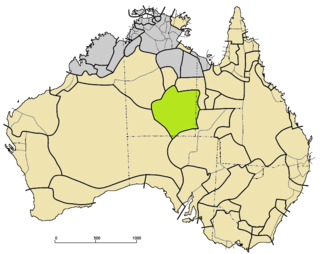
Arrernte or Aranda, or sometimes referred to as Upper Arrernte, is a dialect cluster in the Arandic language group spoken in parts of the Northern Territory, Australia, by the Arrernte people. Other spelling variations are Arunta or Arrarnta, and all of the dialects have multiple other names.

Aguaruna is an indigenous American language of the Chicham family spoken by the Aguaruna people in Northern Peru. According to Ethnologue, based on the 2007 Census, 53,400 people out of the 55,700 ethnic group speak Aguaruna, making up almost the entire population. It is used vigorously in all domains of life, both written and oral. It is written with the Latin script. The literacy rate in Aguaruna is 60-90%. However, there are few monolingual speakers today; nearly all speakers also speak Spanish. The school system begins with Aguaruna, and as the students progress, Spanish is gradually added. There is a positive outlook and connotation in regard to bilingualism. 50 to 75% of the Aguaruna population are literate in Spanish. A modest dictionary of the language has been published.

Colorado River Numic, of the Numic branch of the Uto-Aztecan language family, is a dialect chain that stretches from southeastern California to Colorado. Individual dialects are Chemehuevi, which is in danger of extinction, Southern Paiute, and Ute. According to the Ethnologue, there were a little less than two thousand speakers of Colorado River Numic Language in 1990, or around 40% out of an ethnic population of 5,000.
Mundari (Munɖari) is a Munda language of the Austroasiatic language family spoken by the Munda tribes in eastern Indian states of Jharkhand, Odisha and West Bengal and northern Rangpur Division of Bangladesh. It is closely related to Santali. Mundari Bani, a script specifically to write Mundari, was invented by Rohidas Singh Nag. It has also been written in the Devanagari, Odia, Bengali, and Latin writing systems.
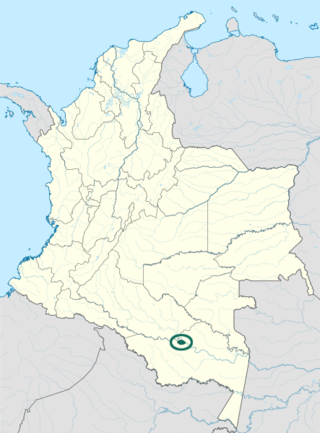
Andoque is a language spoken by a few hundred Andoque people in Colombia, and is in decline. There were 10,000 speakers in 1908, down to 370 a century later, of which at most 50 are monolingual. The remaining speakers live in four residential areas in the region of the Anduche River, downstream from Araracuara, Solano, Caquetá, Colombia; the language is no longer spoken in Peru. Most speakers shifted to Spanish.
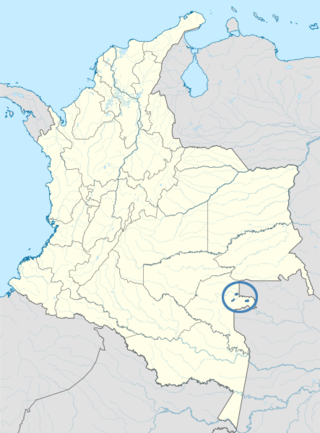
The Cacua language, also known as Kakua or Kakwa, is an indigenous language spoken by a few hundred people in Colombia and Brazil. There are many monolinguals, especially children. Apart from being close to or a dialect of Nukak, its classification is uncertain.
Akpes (Àbèsàbèsì) is an endangered language of Nigeria. It is spoken by approximately 7,000 speakers in the North of Ondo State. The language is surrounded by several other languages of the Akoko area, where Yoruba is the lingua franca. Yoruba replaces Akpes in more and more informal domains and thus forwards a gradual shift from Akpes towards Yoruba. Akpes is generally attributed to the Volta-Congo Branch of the Niger-Congo phylum.
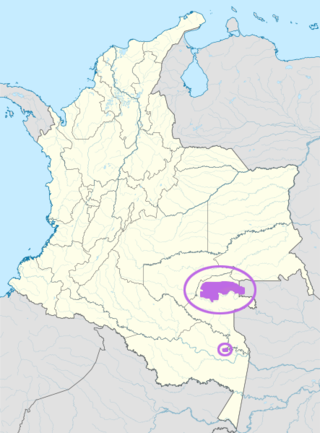
The Cubeo language is the language spoken by the Cubeo people in the Vaupés Department, the Cuduyari and Querarí Rivers and their tributaries in Colombia, and in Brazil and Venezuela. It is a member of the central branch of the Tucanoan languages. Cubeo has borrowed a number of words from the Nadahup languages, and its grammar has apparently been influenced by Arawak languages. The language has been variously described as having a subject–object–verb or an object–verb–subject word order, the latter very rare cross-linguistically. It is sometimes called Pamiwa, the ethnic group's autonym, but it is not to be confused with the Pamigua language, sometimes called Pamiwa.
Hatam is a divergent language spoken on the island of New Guinea, specifically in the Indonesian province of West Papua.

Siona is a Tucanoan language of Colombia and Ecuador. The language is essentially the same as Secoya, but speakers are ethnically distinct.
Bandial (Banjaal), or Eegima (Eegimaa), is a Jola language of the Casamance region of Senegal. The three dialects, Affiniam, Bandial proper, and Elun are divergent, on the border between dialects and distinct languages.
Horpa are a cluster of closely related Gyalrongic languages of China. Horpa is better understood as a cluster of closely related yet unintelligible dialect groups/languages closely related to Horpa Shangzhai or Stodsde skad. The term Stodsde skad is a Tibetan name meaning "language of the upper village".

Southern Alta, is a distinctive Aeta language of the mountains of northern Philippines. Southern Alta is one of many endangered languages that risks being lost if it is not passed on by current speakers. Most speakers of Southern Alta also speak Tagalog.
The Pira-tapuya, or variations like Pira-Tapuia, Piratapuyo, etc., or Tapuya for short, are an indigenous people of the Amazon regions. They live along the Vaupés River in Colombia and in the state of Amazonas, Brazil.

The indigenous languages of South America are those whose origin dates back to the pre-Columbian era. The subcontinent has great linguistic diversity, but, as the number of speakers of indigenous languages is diminishing, it is estimated that it could become one of the least linguistically diverse regions of the planet.
Ecuadorian Siona is a spoken language by the Siona people of Ecuador, and can be considered a dialect or variety of a larger Baicoca-Siecoca, or Siona-Secoya, language cluster. Ecuadorian Siona is part of the Western Tukanoan language family.
